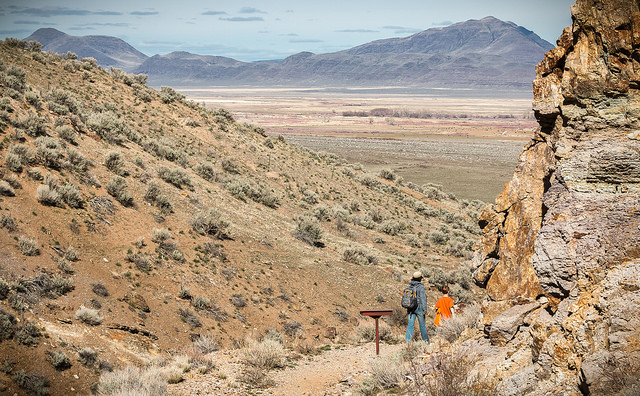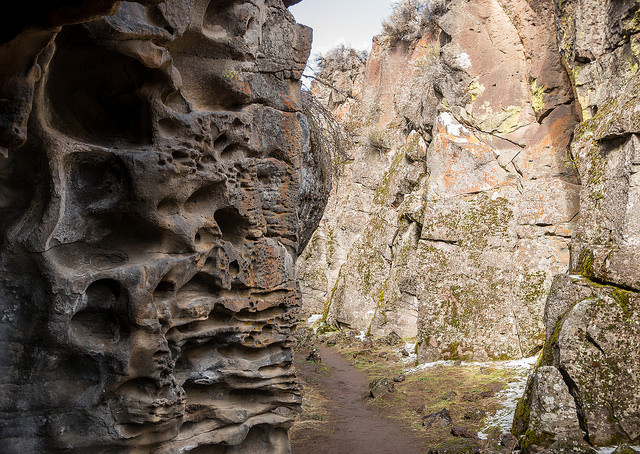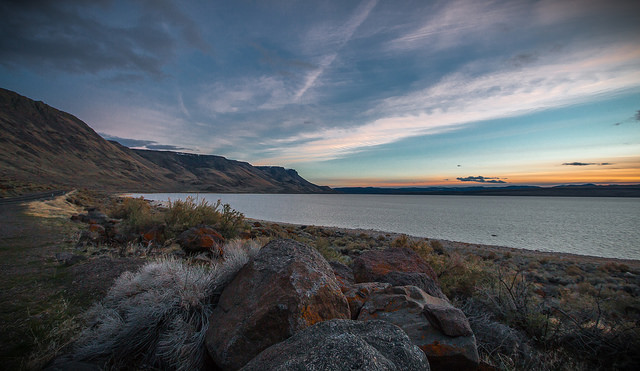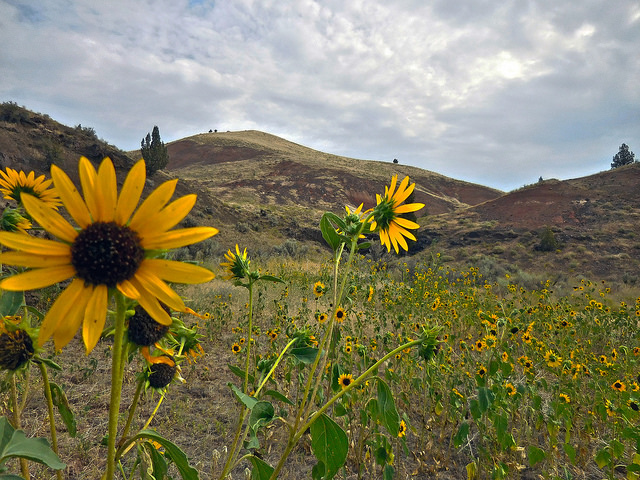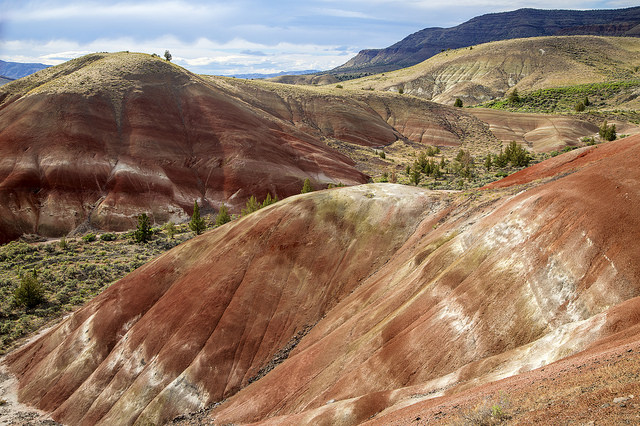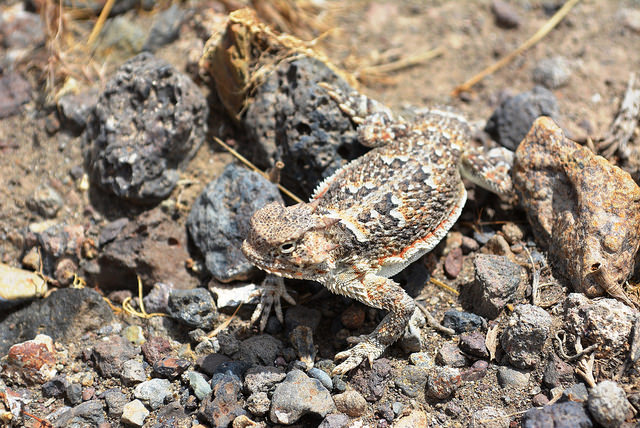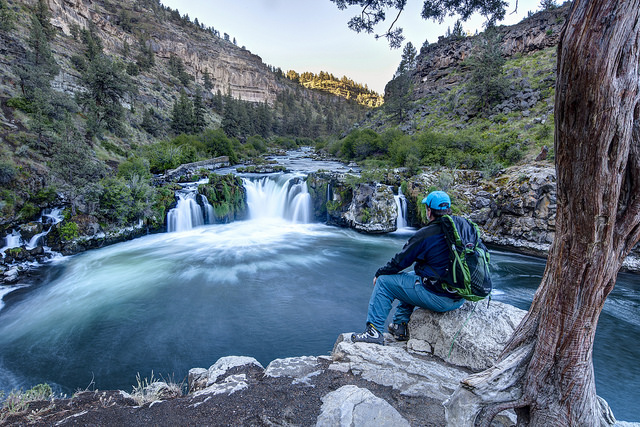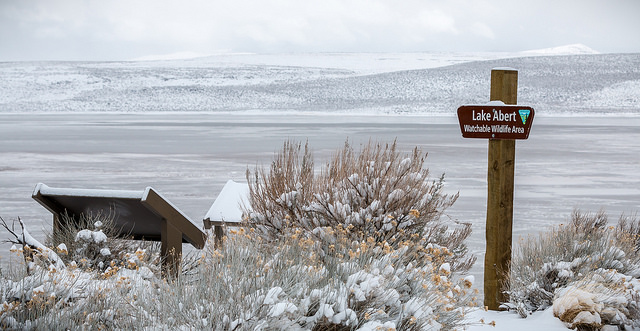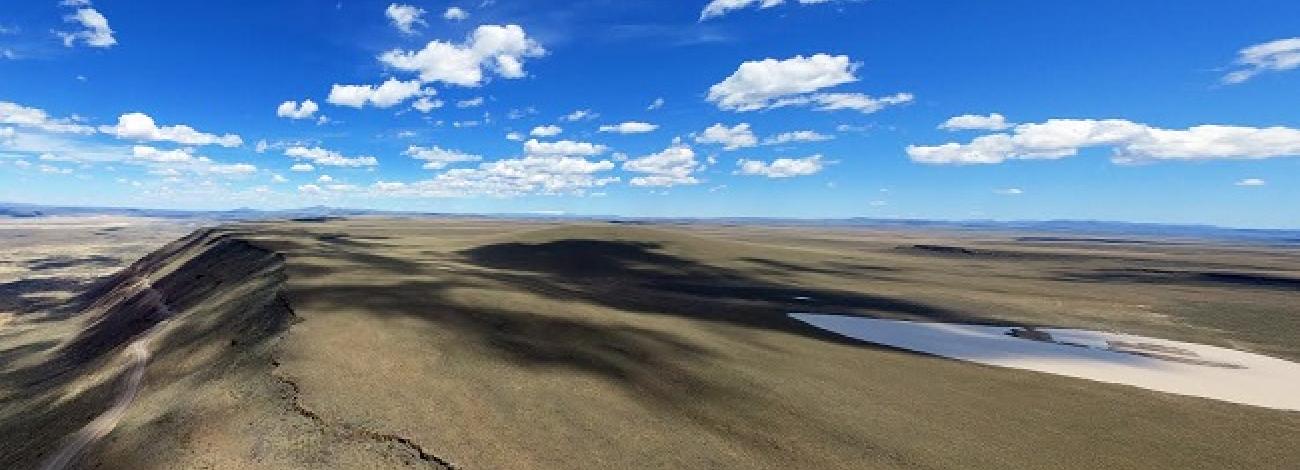
Strawberry Mountain - Sheep Gulch WSA
The Strawberry Mountain Wilderness Study Areas are three small study areas located adjacent to the U.S. Forest Service Strawberry Mountain Wilderness in Grant County. All of the study areas lie within ten miles of each other around the perimeter of the Strawberry Mountain Range and on the northern and western boundaries of the Strawberry Mountain Wilderness.
The Sheep Gulch study area (OR-2-98C) is on the western side of the wilderness in the Canyon Creek drainage, 2.5 miles south of Canyon City. The WSA contains 741 acres of BLM land and is the largest of the three study areas. The parcel is bounded on the east by the Strawberry Mountain Wilderness and on the north, west and south by private land. The nearest major highway is US Highway 395 within 0.5 mile of the Sheep Gulch area on the west. The area is two miles long and half a mile wide.
The Sheep Gulch WSA lies on a steep west-facing slope of Little Canyon Mountain (on the west end of the Strawberry Mountains). A perennial stream, Sheep Gulch, runs east to west through the center of the area. Steep ridgelines and intermittent drainages forested with mountain mahogany and scattering of ponderosa pine and Douglas fir are also characteristic of this WSA. The elevation of the area varies from 3,680 feet on the western boundary near Canyon Creek to 5,560 feet on the eastern boundary near the Strawberry Mountain Wilderness.
These were studied under Section 202 of the Federal Land Policy and Management Act as they contain wilderness values only in conjunction with the larger existing wilderness area which they border. They were included in the Final Oregon Wilderness Environmental Impact Statement (EIS) filed in February 1990.

